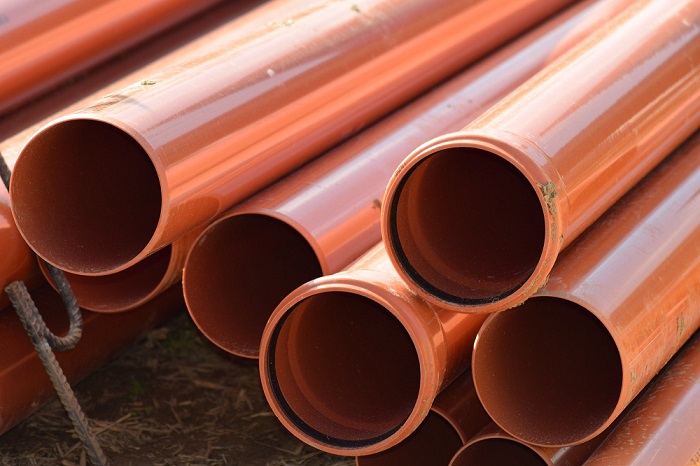If you’re a plumber, you know the amount of stress that sourcing and putting together parts can entail. You also know just how much time sourcing the right parts can take.
Luckily, modern-day pipe lining machines take much of the stress out of plumbing.
Before you investigate the use of these machines, though, it’s important to understand how they work. After all, in order to use them to your full advantage, you’ll need to know how to use them.
Without further ado, let’s take a look.
Sewer Camera Inspection
The camera inspection begins by inserting the camera into the pipe, allowing the technician to view in real time what is happening inside the pipe using a monitor. After the damage is identified, a liner is saturated with resin and inserted into the pipe. This liner hardens along the inside of the pipes, repairing any damage and essentially replaces the existing pipe.
Cleaning Existing Pipes
During the process of pipe relining, a special polyester liner is fed through the auger, creating a tight fit that prevents any infiltration back into the pipe. Once the liner is in place, a resin solvent is injected into the existing pipe that seals the gap.
Measurement of Existing Pipes
The machine works by using a laser scanner to detect the existing pipe’s shape and size. The pipe is turned on and the laser scanner accurately measures the inside and outside dimensions of the pipe.
Preparation of Tube Replacement
All old pipes need to be cut away using a pipe cutter so that the new tube will fit securely. After this is done, the area needs to be sanded and inspected for any remaining debris. The new tube should then be prepped for installation.
Epoxy Impregnation & Inversion of Tubing
The epoxy resin is forced through a gelation nozzle, and then travels through the length of the tube, covering it on all sides. Once the epoxy has cured and hardened, the tubing is inverted which causes the pressure to cause the epoxy-impregnated tubing to adhere to the inner surface of the pipe.
Inserting Tubing Throughout the Compromised Pipes
This process starts with an outer liner, which is fed into the old pipe by a pipe lining machine. This outer liner is pushed in under high pressure and shapes itself to the internal diameter of the pipe, which seals any defects within the existing pipe. Once the outer liner has been inserted successfully, it is filled with a hardened inner lining to strengthen the tube and prevent future issues.
Curing of Tubing
During the curing process, a heated resin tube is inserted inside the lining. The resin seals the seams of the lining and creates a hardened, flexible seal in the pipe. The heat from the resin causes the lining to expand, and this creates a strong, watertight bond with the existing pipe.
Sewer Flow is Returned to New Pipes
Sewer flow is therefore returned to brand-new pipes with a longer lifespan. This helps to reduce the amount of time and money spent on traditional excavation and pipe replacement techniques. In addition, do your research on what is CIPP lining as this can help you all throughout the pipe lining process.
All About a Pipe Lining Machine
A pipe lining machine works efficiently and quickly to restore leaking pipes in a cost-effective manner. It creates a new, sealed pipe inside the old pipe, as well as much more.
To learn more about how this process works and how it can benefit your business, contact a pipe lining service today!
Looking for more tips and ideas? We’ve got you covered. Check out some of our other posts now.


